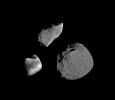
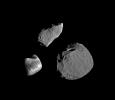
|
Target: Gaspra Mission: Instrument: Solid-State Imaging Image Credit: NASA/JPL |
Source: https://photojournal.jpl.nasa.gov/catalog/PIA00078



|
Target: Gaspra Mission: Instrument: Solid-State Imaging Image Credit: NASA/JPL |
Source: https://photojournal.jpl.nasa.gov/catalog/PIA00078

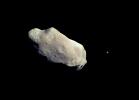
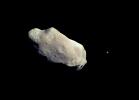
|
Target: Ida Mission: Instrument: Solid-State Imaging Image Credit: NASA/JPL |
Source: https://photojournal.jpl.nasa.gov/catalog/PIA00069
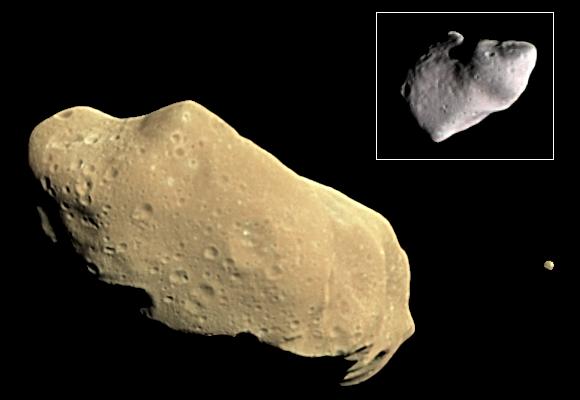

A reading from the Acts of the Apostles Acts 15:7-21
After much debate had taken place, Peter got up and said to the Apostles and the presbyters,…
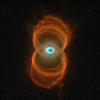
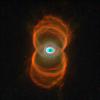
|
Mission: Instrument: Image Credit: NASA/JPL-Caltech/ESA, the Hubble Heritage Team (STScI/AURA) |

Something strange happened to this galaxy, but what?
Known as the
Cigar Galaxy and cataloged as
M82,
red glowing gas and dust are being cast out from the center


|
Mission: Instrument: Image Credit: NASA/JPL/STScI Hubble Deep Field Team |
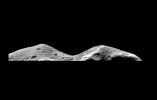
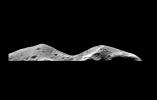
|
Target: Ida Mission: Instrument: Solid-State Imaging Image Credit: NASA/JPL |
Source: https://photojournal.jpl.nasa.gov/catalog/PIA00138
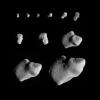
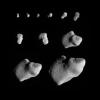
|
Target: Gaspra Mission: Instrument: Solid-State Imaging Image Credit: NASA/JPL |
Source: https://photojournal.jpl.nasa.gov/catalog/PIA00079
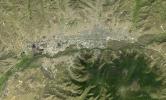
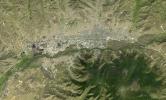
|
Target: Earth Mission: Terra Instrument: ASTER Image Credit: NASA/METI/AIST/Japan Space Systems, and U.S./Japan ASTER Science Team |

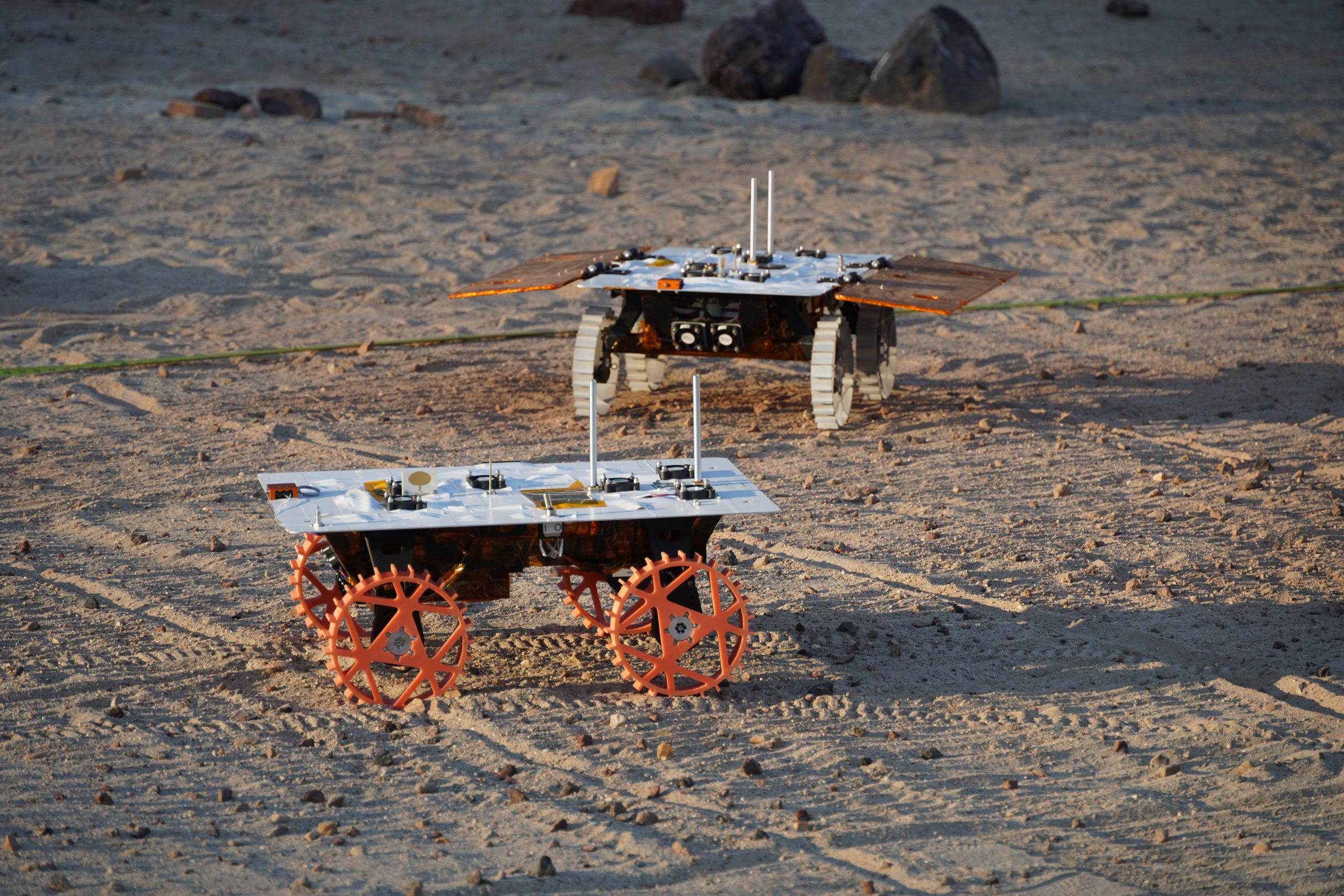

Two full-scale development model rovers that are part of NASA’s CADRE (Cooperative Autonomous Distributed Robotic Exploration) technology demonstration drive in the Mars Yard at the agency’s Jet Propulsion Laboratory in Southern California in August 2023. The project is designed to show that a group of robotic spacecraft can work together as a team to accomplish tasks and record data autonomously – without explicit commands from mission controllers on Earth.
Read More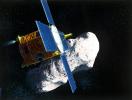
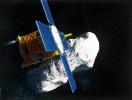
|
Target: Eros Mission: Image Credit: NASA |
Source: https://photojournal.jpl.nasa.gov/catalog/PIA18177

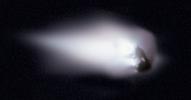
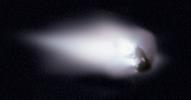
|
Target: Comet Image Credit: NASA/ESA/Giotto Project |
Source: https://photojournal.jpl.nasa.gov/catalog/PIA17485


In a historic first, all six radio frequency antennas at the Madrid Deep Space Communication Complex – part of NASA’s Deep Space Network (DSN) – carried out a test to receive data from the agency’s Voyager 1 spacecraft at the same time on April 20, 2024. Known as “arraying,” combining the receiving power of several antennas allows the DSN to collect the very faint signals from faraway spacecraft. A five-antenna array is currently needed to downlink science data from the spacecraft’s Plasma Wave System instrument. As Voyager gets further way, six antennas will be needed.
Read More
Contrary to common misconception, the medieval church did not teach that the earth was flat, and there are many ways we know that the earth is spherical.
Read More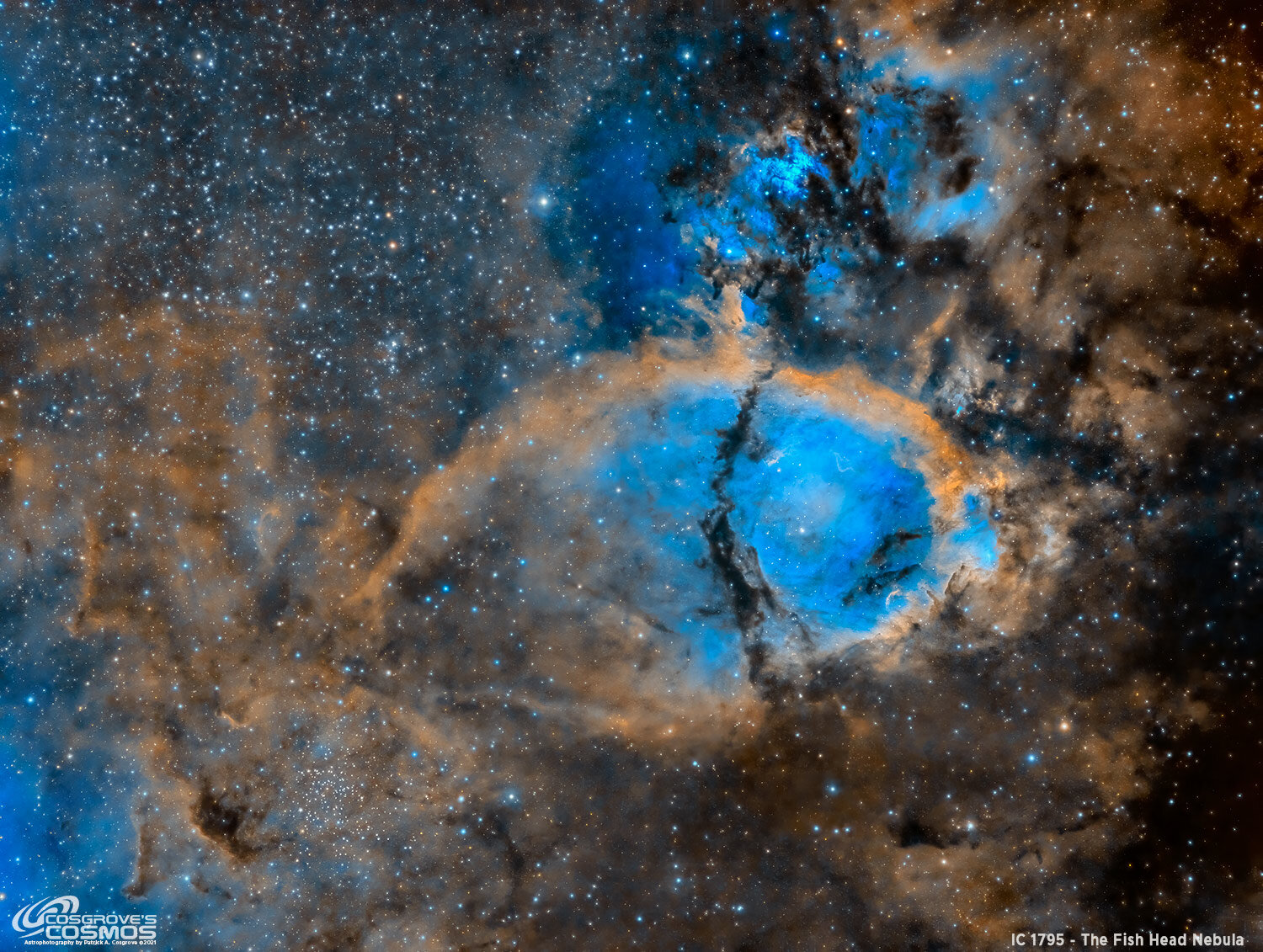

A reading from the Acts of the Apostles Acts 15:1-6
Some who had come down from Judea were instructing the brothers, “Unless you are circumcised according to…

adverb: 1. In a straightforward or frank manner. 2. Firmly. 3. Directly. 4. At right angles.
Read More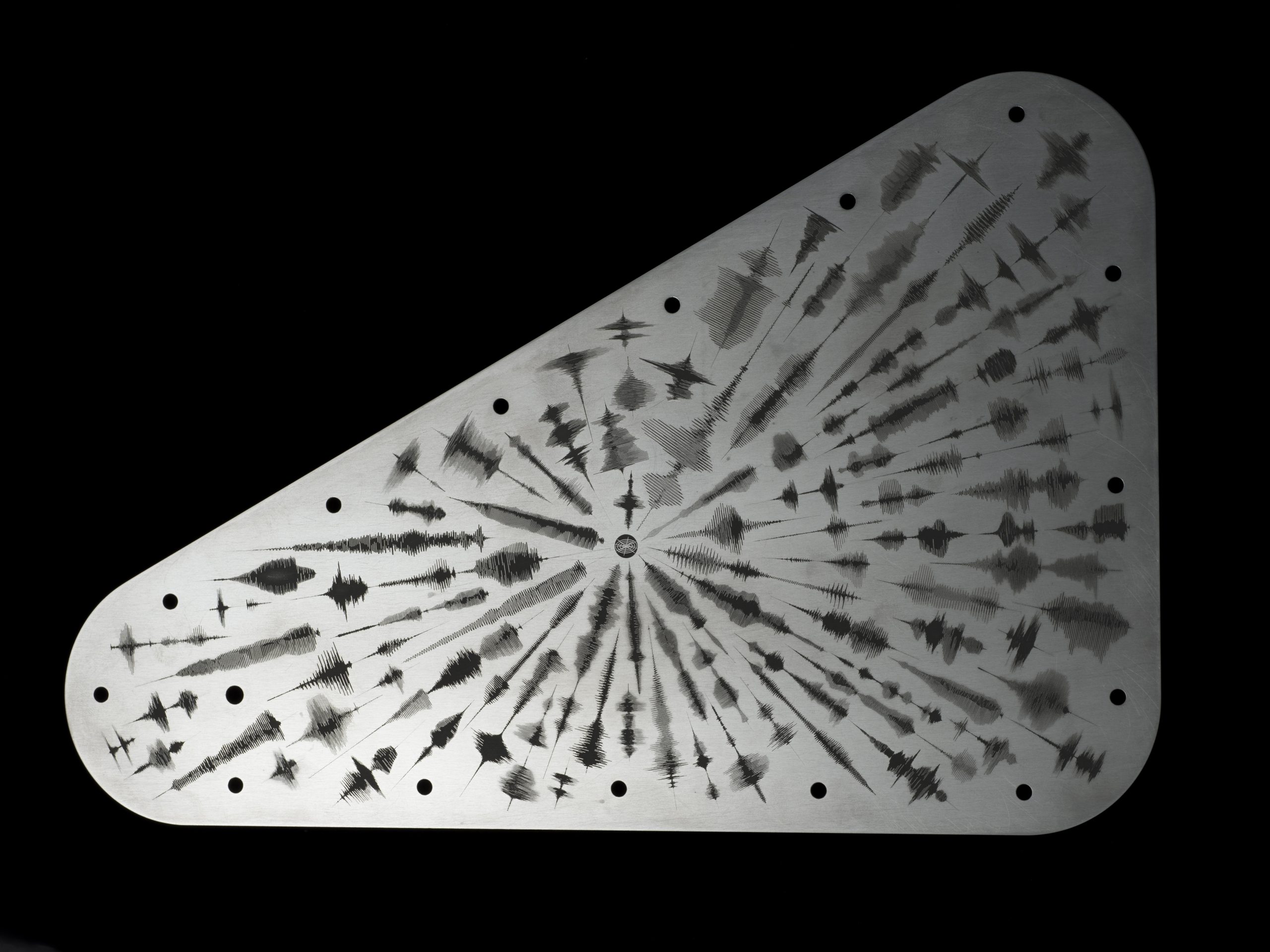
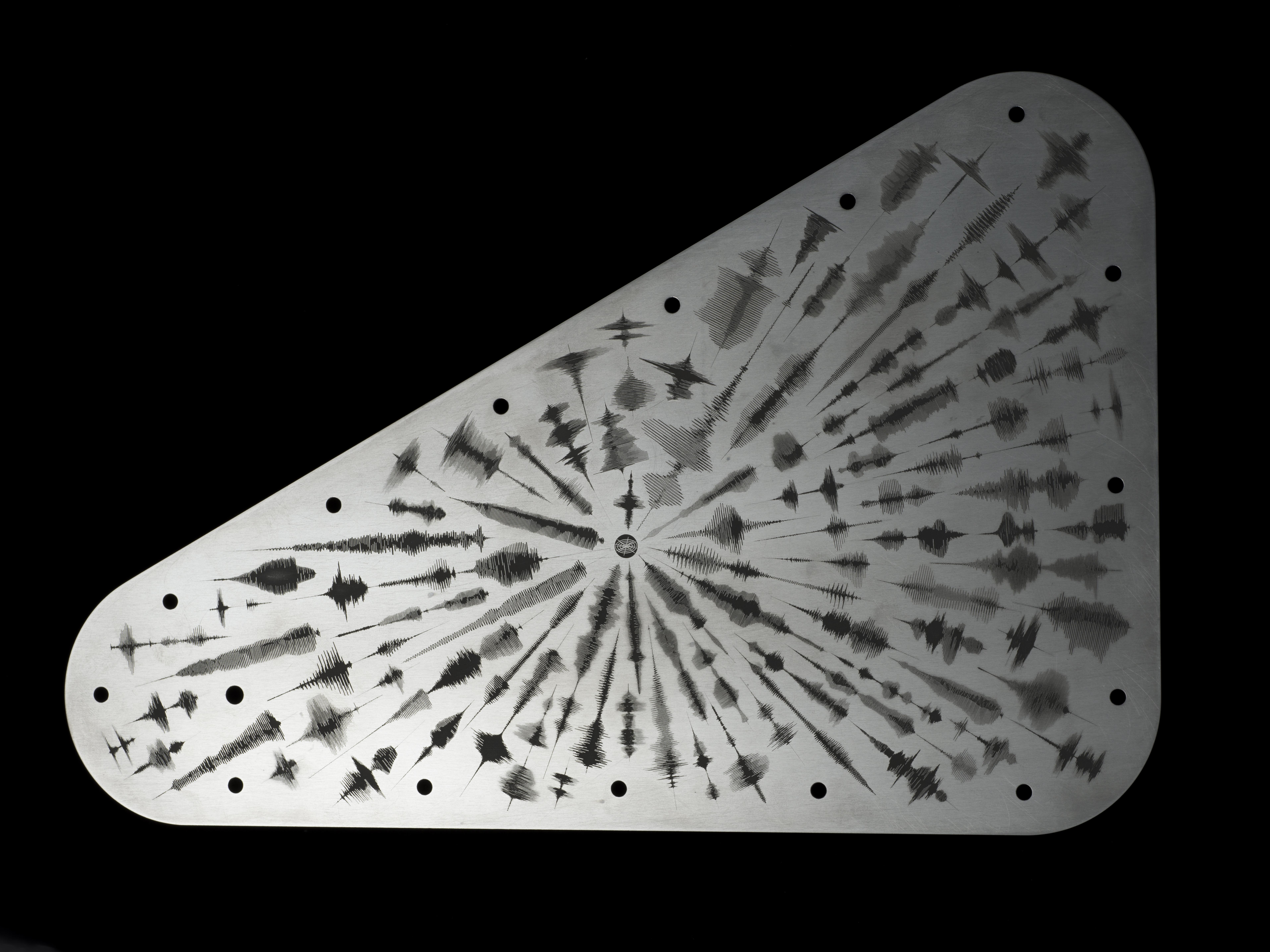
NASA’s Europa Clipper spacecraft will carry a special message when it launches in October 2024 and heads toward Jupiter’s moon Europa. The moon shows strong evidence of an ocean under its icy crust, with more than twice the amount of water of all of Earth’s oceans combined. A triangular metal plate, seen here, will honor that connection to Earth.
The plate is made of tantalum metal and is about 7 by 11 inches (18 by 28 centimeters). It is engraved on both sides and seals an opening in the electronics vault, which houses the spacecraft’s sensitive electronics. The art on this side of the plate features waveforms that are visual representations of the sound waves formed by the word “water” in 103 languages. The waveforms radiate out from a symbol representing the American Sign Language sign for “water.”
Read More
| Picture of the day |
|---|

|
|
View of Cholatse (6,440 metres (21,129 ft)), Ama Dablam and other Himalayan peaks in Chola Valley south of the Great Himalayan Range in Mahalangur Himal, Nepal, Himalayas. The first documented ascent of Cholatse was made on April 22, 1982 by a team of US climbers.
|